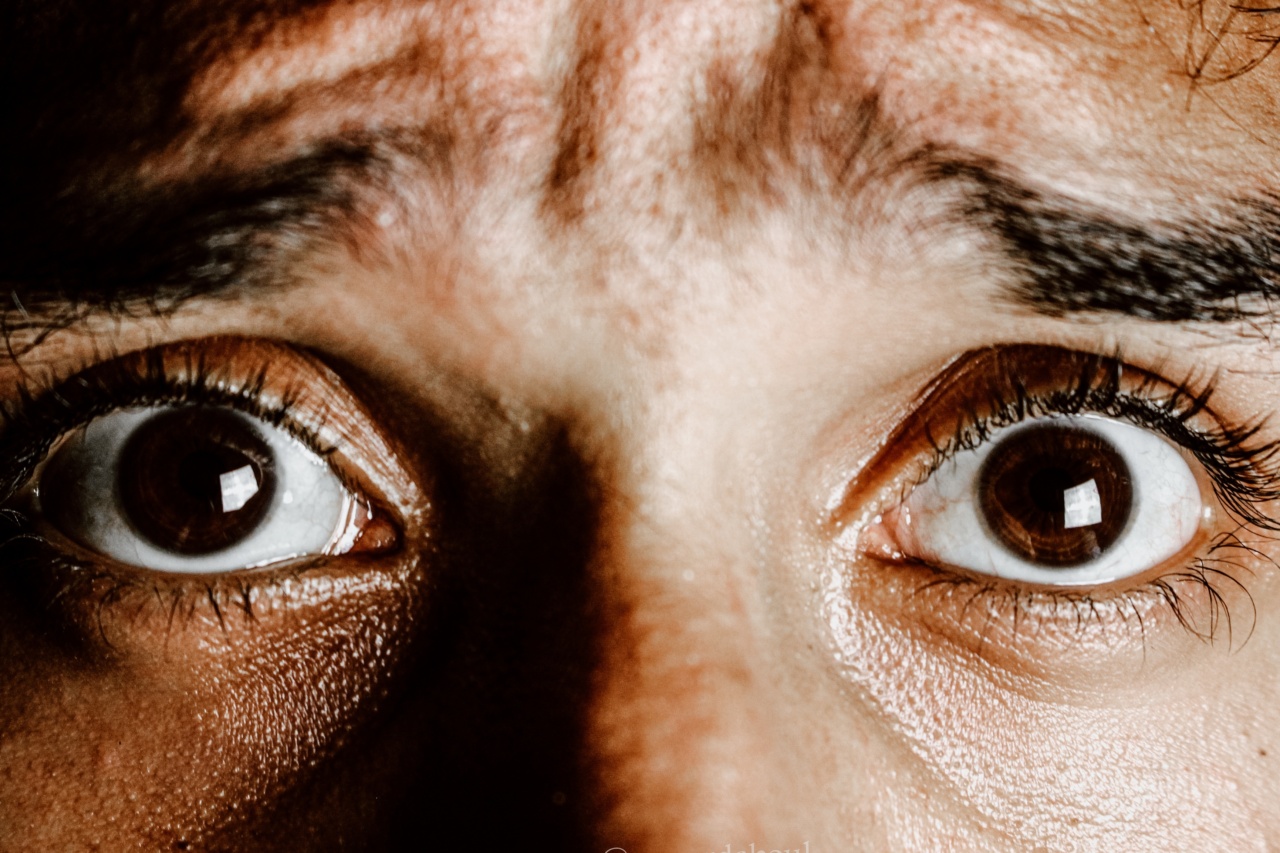Panic disorder is a type of anxiety disorder characterized by recurring panic attacks. These attacks can have a debilitating effect on an individual’s life, making it difficult for them to function normally.
However, there are various strategies and techniques that can help individuals cope with panic disorder and manage their symptoms effectively. In this article, we will explore some of these tips and provide practical advice on how to navigate through the challenges of living with panic disorder.
1. Educate Yourself about Panic Disorder
Knowledge is power when it comes to managing panic disorder. Take the time to educate yourself about the disorder, its symptoms, and triggers.
Understanding what is happening in your body during a panic attack can help demystify the experience and make it feel less overwhelming.
2. Seek Professional Help
If you suspect that you have panic disorder, it is essential to seek help from a mental health professional. They can provide an accurate diagnosis, develop an individualized treatment plan, and offer support throughout your journey.
Therapy, such as cognitive-behavioral therapy (CBT), is often beneficial for individuals with panic disorder.
3. Practice Deep Breathing Exercises
Deep breathing exercises can help alleviate the physical symptoms of a panic attack, such as shortness of breath and rapid heart rate.
Practice diaphragmatic breathing by inhaling deeply through your nose, holding for a few seconds, and exhaling slowly through your mouth. Repeat this exercise several times until you feel more relaxed.
4. Challenge negative thoughts
Panic attacks often stem from catastrophic thinking and irrational beliefs. Challenge these negative thoughts by asking yourself if there is any evidence to support them. In most cases, you will find that your fears are exaggerated or unfounded.
Replace negative thoughts with more rational, positive ones to help reduce anxiety.
5. Establish a Relaxation Routine
Incorporate relaxation techniques into your daily routine to help manage stress and anxiety associated with panic disorder. This may include activities such as meditation, yoga, progressive muscle relaxation, or taking warm baths.
Experiment with different techniques to find what works best for you and make it a regular part of your self-care routine.
6. Practice Mindfulness
Mindfulness involves focusing on the present moment without judgment. It can help individuals with panic disorder ground themselves during a panic attack and prevent the escalation of symptoms.
By remaining aware of your thoughts, feelings, and bodily sensations without reacting to them, you can reduce anxiety levels and gain control over the situation.
7. Build a Support Network
Having a strong support network is crucial in managing panic disorder. Reach out to friends, family members, or support groups who can provide empathy, understanding, and encouragement.
Sometimes simply knowing that someone is there for you can provide a sense of security during challenging times.
8. Avoid Triggers
Identify and avoid triggers that can potentially lead to panic attacks. These triggers can vary from person to person but may include situations such as crowded places, driving on highways, or certain social events.
If possible, limit your exposure to these triggers or gradually desensitize yourself to them using techniques learned in therapy.
9. Take Care of Your Physical Health
Physical health plays a significant role in managing panic disorder. Ensure that you get enough sleep, eat a well-balanced diet, and engage in regular exercise.
Poor physical health can exacerbate anxiety symptoms, so prioritize self-care activities that contribute to your overall well-being.
10. Practice Self-Compassion
Living with panic disorder can be challenging, and it’s important to be kind and patient with yourself. Acknowledge your strengths and accomplishments, no matter how small they may seem. Celebrate your progress and remember that recovery takes time.
Treat yourself with the same compassion and understanding you would offer to a loved one going through a similar experience.
























